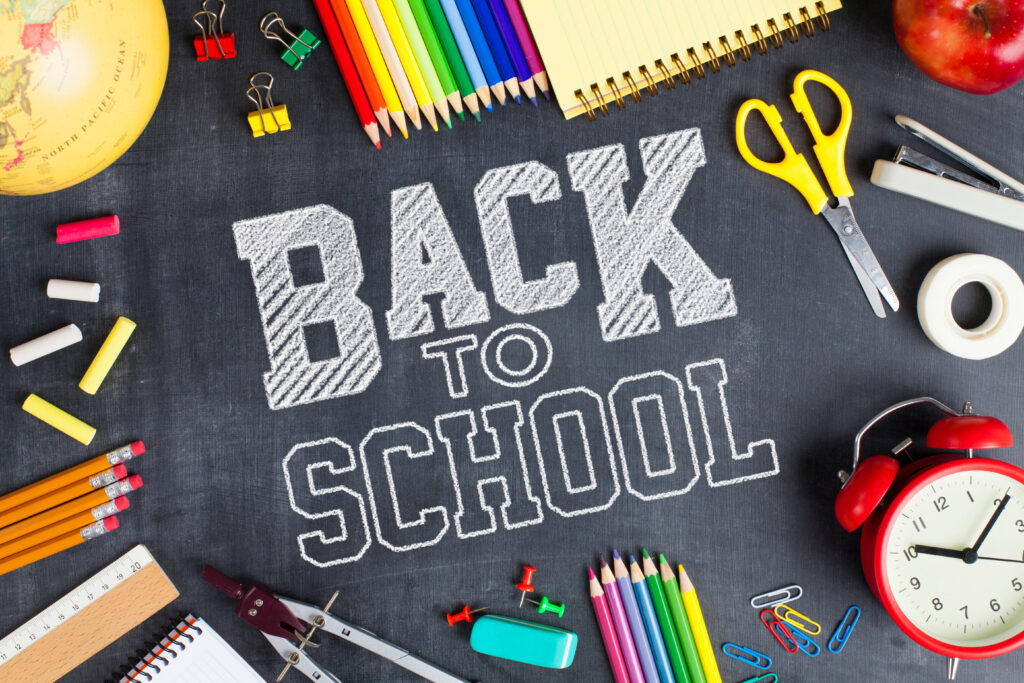By Gregory Kolen II.
In the early 2000s, CHEJ identified PVC or polyvinyl chloride, a common plastic material used in school supplies, as a significant source of health risks for children. PVC contains toxic chemicals that can cause serious health problems, such as cancer and hormone disruption. CHEJ launched the PVC-Free schools campaign, led by Mike Schade, to raise awareness among parents, teachers, and school administrators about the dangers of PVC and to encourage schools to switch to safer alternatives. The program’s approach was a mixture of advocacy and education, aiming to empower communities to take action and create change.
The PVC-Free campaign was successful in building a large grassroots network of parents, teachers, and advocates who shared the vision of a healthier and safer school environment for children. CHEJ provided free resources and training to help schools assess their PVC use and find safer alternatives. Moreover, the program put pressure on major companies to reduce or eliminate their use of PVC in products through consumer campaigns and lobbying.
Because of the success of the PVC-Free schools campaign, many students attend schools that have eliminated PVC materials or products. Additionally, the program has increased public awareness of the risks associated with PVC, prompting people to take safety measures in their homes as well. This created a ripple effect on the industry, encouraging schools’ suppliers to find alternatives to PVC, thereby, reducing the overall demand for PVC.
The PVC-Free schools program is just one of the many initiatives that CHEJ has undertaken to address environmental health and justice issues. One in a long history of advocating for vulnerable communities and neighborhoods affected by environmental pollution and hazards, supporting communities in the fight against toxic chemicals and influencing policies on environmental health regulations.
CHEJ’s PVC-Free safe schools program has effectively raised awareness of the dangers of PVC and paved the way for safer alternatives. The success of this campaign has demonstrated the power of community-led efforts to create change and protect children’s health. As we look forward, it’s essential to continue advocating and educating the public to minimize exposure to toxic chemicals.


